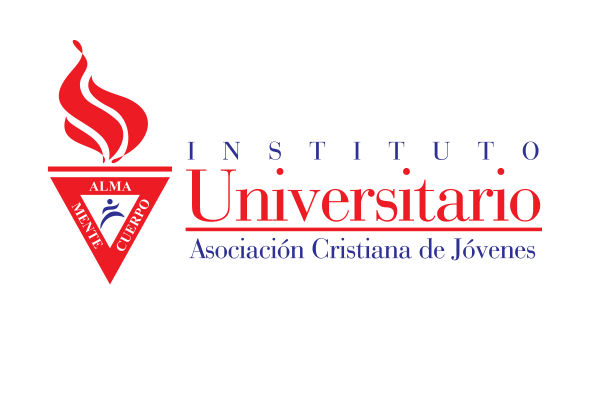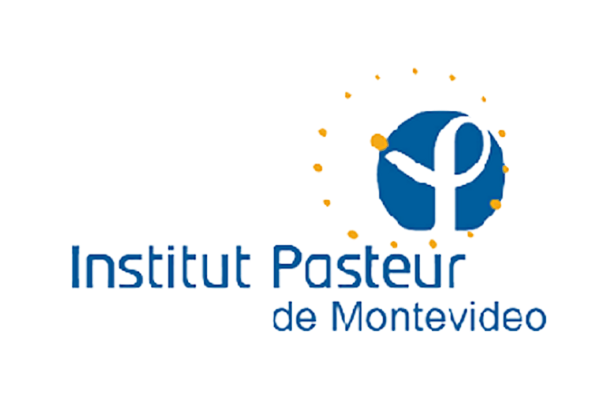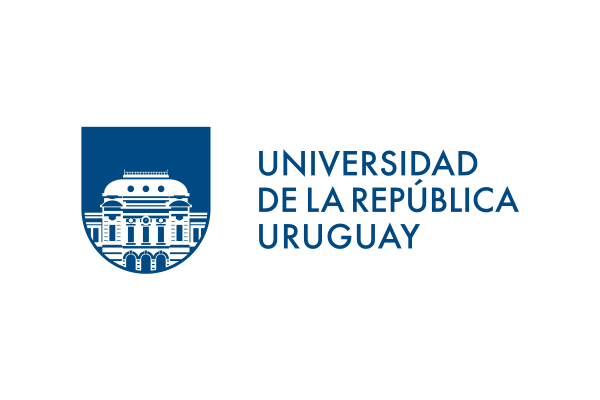Presencia de Sarcocystis spp. en ovinos (Ovis aries) de Uruguay
Supervisor(es): Valledor, María Soledad
Resumen:
La Sarcocistosis es causada por Sarcocystis spp. Este género está representado por más de 130 especies y en rumiantes afecta el músculo estriado. En la Sarcocistosis se forman quistes en los músculos de varios huéspedes intermediarios (hombres, caballos, bovinos, ovejas, cabras, cerdos, aves, roedores, camélidos, animales de vida silvestre y reptiles). El tamaño de los quistes puede ir desde pocos micrómetros a varios centímetros, encontrándose con mayor frecuencia en esófago, diafragma y músculo cardíaco. En ovinos han sido diagnosticadas cuatro especies de Sarcocystis: S. gigantea, S. medusiformis, S. tenella y S. arieticanis. El objetivo del presente estudio fue comprobar la presencia de Sarcocystis spp. en lesiones quísticas esofágicas observadas en ovinos faenados, revisando un total de 3907 muestras. Los cuales fueron identificados, estudiados y registrados individualmente, detallando el número, ubicación y tamaño en cada muestra. Las muestras fueron trasladadas refrigeradas y luego procesadas en el Laboratorio de Parasitología de Facultad de Veterinaria, UdelaR. Se midió la longitud de cada esófago, se dividieron en tercios y se contaron la cantidad de quistes que presentaba cada tercio, registrando los datos en una planilla. La totalidad de los esófagos con presencia de macroquistes (151) fueron congelados de forma individual a una temperatura de -20 grados Celsius (ºC), a 25 muestras se les extrajo unos 10 quistes antes de ser congelados y se fijaron en formol al 10%. Se descongelaron y se les extrajo por medio de disección los macroquistes de los diferentes tercios, los que fueron puestos entre dos portaobjetos y coloreados con azul de metileno para favorecer el contraste y examinados al microscopio óptico a efectos de poder medirlos de manera individual. Los quistes conservados en formol fueron procesados histológicamente mediante la tinción con Hematoxilina y Eosina a fin de poner de manifiesto las estructuras internas de los mismos para llegar a su diagnóstico definitivo. Como resultado 151 de los esófagos estudiados fueron positivos a Sarcocystis spp (3,86%), en los que se observaron quistes de gran tamaño (1,1cm x0,4mm) y otros más pequeños (0,2mm x 0,1mm). Se concluye que, de acuerdo a la ubicación y las características morfológicas, la especie involucrada podría ser Sarcocystis gigantea. Los macroquistes de mayores tamaños fueron encontrados en categorías de animales adultos a diferencia de ser los corderos que los esófagos no presentaban lesiones-
Sarcocystosis caused by Sarcocystis spp shows more than 130 species, it affects the striated muscle of ruminants. Sarcocystis spp creates cysts in the muscles of several intermediary hosts (men, horses, cattle, sheep, goats, pigs, birds, rodents, camelids, wild animals and reptiles). The size of the cysts range from a few micrometers to several centimeters, and they are found more frequently in esophagus, diaphragm, and cardiac muscle. Four species of Sarcocystis spp., (S. gigantea, S. medusiformis, S. tenella y S. arietcanis) have been diagnosed in sheep. The present experimental trial was developed at Veterinary School, Parasitology department. The objective of this experiment was to prove the presence of Sarcocyistis spp. in esophageal cyst lesions that were observed in slaughtered sheep, reviewing a total of 3907 samples, which were identified, studied and individually registered, detailing the number, location and size in each sample. The samples were refrigerated, transferred and then processed in the Parasitology Laboratory. The sizes of the esophagi were measured, they were divided into thirds and the amount of cysts that each third presented was counted and registered the data in a spreadsheet. The totality of esophagi with presence of macrocysts (151) were frozen individually with a temperature of -20°C, about 10 cysts were removed from 26 samples before being frozen and they were fixed in 10% formalin. They were individually thawed and the cysts were extracted from the different thirds by means of dissection, which were placed between two slides and colored with blue methylene to favor the contrast and they were examined under the optical microscope in order to measure them individually. The cysts preserved in formaldehyde were processed histologically by staining with Hematoxylin and Eosin in order to reveal the internal structures to reach an assertive diagnosis. The results obtained were 151 (3.86%) were positive to Sarcocystis spp., cysts of a large size (1,1cm x 0,4mm), and other smaller ones (0,2mm x 0,1mm). It is concluded that according to the location and the morphologic features, the presence of S. gigantea would be suspected. The largest cysts were found in categories of adult animals, unlike lambs, with no esophagus injuries.
| 2018 | |
|
OVINOS SARCOCYSTIS PARASITOSIS SARCOCISTOSIS |
|
| Español | |
| Universidad de la República | |
| COLIBRI | |
| http://hdl.handle.net/20.500.12008/18416 | |
| Acceso abierto | |
| Licencia Creative Commons Atribución – No Comercial – Sin Derivadas (CC – By-NC-ND |












